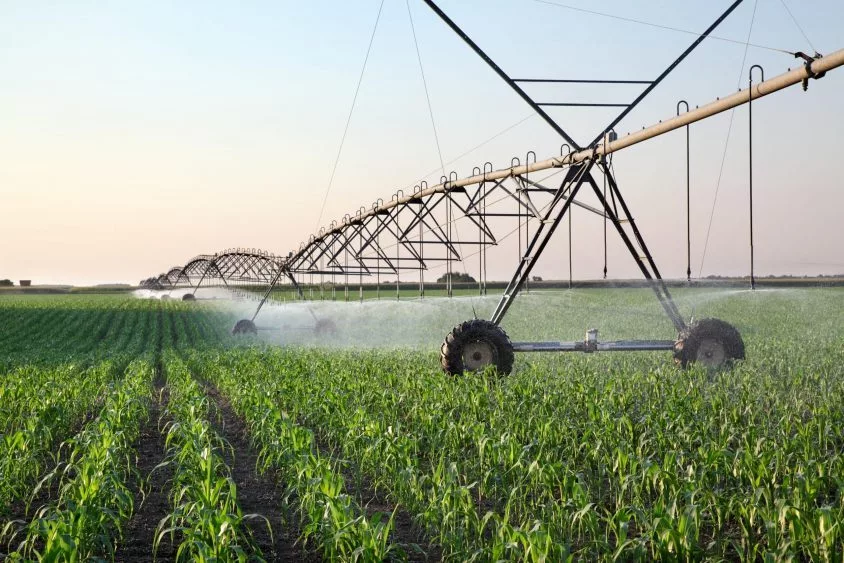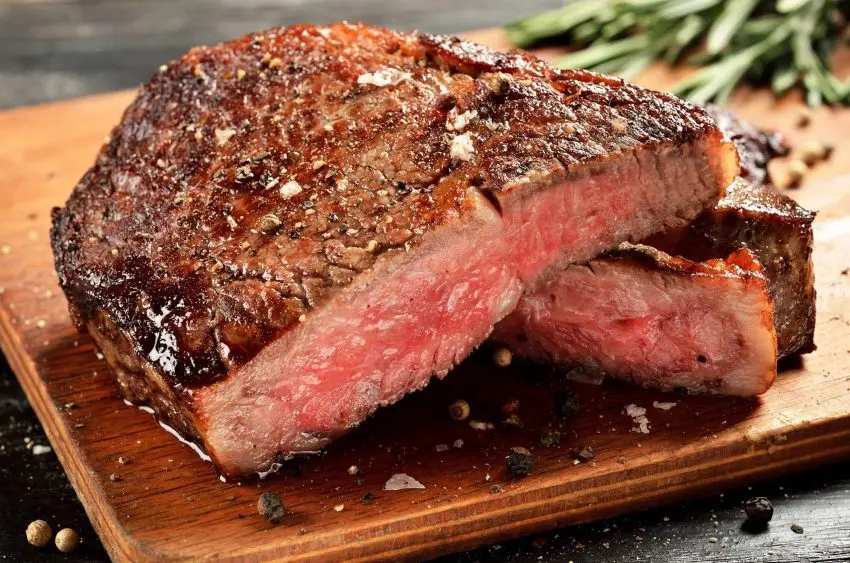Kelsey Stremel, K-State Research and Extension news
GARDEN CITY, Kan. — With irrigation systems running across Kansas fields, a simple adjustment could make a big difference in conserving water and boosting crop performance —slowing down the speed of center pivot systems.
Kansas State University water resource engineer Jonathan Aguilar said a simple but often overlooked adjustment — slowing the speed of center pivot irrigation systems — could significantly improve water use efficiency and crop yields.
“When a pivot moves too quickly, much of the water applied doesn’t have time to soak into the soil,” Aguilar said. “Instead, it tends to run off or evaporate before reaching the plant roots where it’s needed most. Slowing down the pivot gives the soil more time to absorb moisture, improving irrigation effectiveness.”
Every time a farmer irrigates a crop field, a portion of that water is lost through evaporation – on the leaves, soil or as mist. This portion of loss is almost the same amount (about 0.17 inches) every irrigation according to research results in our region.
“I call this an ‘irrigation service fee to mother nature,’” Aguilar said.
“When a pivot moves too quickly, the water depth applied is less, thus much of the water applied doesn’t soak into the soil. Instead, it tends to evaporate before reaching the plant roots where it’s needed most. Slowing down the pivot allows a greater portion of that water to get into the soil, improving irrigation efficiency.”
Aguilar said the recommendation to slow the center pivot is critical for farmers in western Kansas and across the High Plains, where water availability from the declining Ogallala Aquifer remains a pressing concern. With increasing input costs and continued drought pressure, maximizing every drop of water is more important than ever, he said.
Key Irrigation Strategies for 2025
Aguilar’s research focuses on practical solutions that farmers can implement immediately without needing costly upgrades. He outlined several strategies to improve irrigation efficiency this season:
- Monitor soil moisture before irrigating. Aguilar advises using soil moisture sensors or simply checking soil conditions in the field. If the soil surface is still saturated or water is pooling, it’s a clear sign that you can wait before irrigating again. Slowing the system without causing runoff ensures water reaches the root zone rather than being lost in evaporation.
- Match application rates to crop needs. Overwatering early in the season is a common mistake that wastes water and can harm crop development. Aguilar recommends adjusting irrigation schedules based on crop growth stages, weather patterns, and evapotranspiration data. Monitoring forecasts and rainfall can also help avoid unnecessary irrigation. Much of the water savings are easily gained early and late in the cropping season, and during rain events.
- Irrigate during cooler parts of the day. High temperatures and strong winds during the afternoon hours contribute to significant water loss through evaporation. Aguilar recommends scheduling irrigation for early morning or late evening hours to minimize evaporation losses, when feasible. Research shows that irrigating during the hottest part of the day can lead to 10-25% more water loss through evaporation.
- Ensure uniform water application. Regularly inspect pivot nozzles to ensure they operate correctly and provide even coverage across the field. Malfunctioning nozzles can result in overwatering some areas and underwatering others, reducing overall efficiency and possibly yield.
While new technologies can improve irrigation systems, adjusting pivot speed is a low-cost, high-impact change that can deliver immediate benefits.
“Farmers often believe that speeding up the pivot will help them stay ahead of the crop’s water demands,” Aguilar said. “But in reality, moving too fast often does more harm than good. Slowing the system allows for better infiltration and helps crops become more resilient during dry periods.”
With water resources becoming increasingly scarce and costly, Aguilar encourages producers to revisit their irrigation management plans and consider how simple changes can lead to better outcomes.





